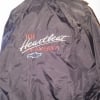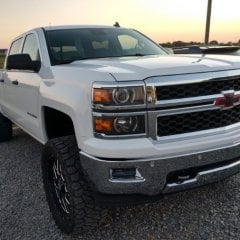Review: Air Lift RideControl Air Spring & WirelessOne System
-
Similar Content
-
- 4 replies
- 4,506 views
-
- 9 answers
- 9,057 views
-
- 15 replies
- 6,833 views
-
- 2 replies
- 4,477 views
-
- 19 replies
- 6,308 views
-
-
Recently Browsing 0 members
- No registered users viewing this page.
-
Forum Statistics
246k
Total Topics2.6m
Total Posts -
Member Statistics
-
Who's Online 14 Members, 1 Anonymous, 1,741 Guests (See full list)















Recommended Posts
Archived
This topic is now archived and is closed to further replies.